
Cats often do not eat a full serving of their canned cat food at one sitting. Sometimes there either isn't enough time or owners forget to pick up the uneaten portion. How long can you safely leave canned cat food out?
The length of time you can leave canned cat food out depends on room temperature. In the summer, and lacking air conditioning, leave the food out no longer than 20 minutes. In the winter, if the heater is on or the food is in a warm kitchen, this same 20-minute limit would apply. The absolute maximum under optimum temperature would be around 30 minutes.
Kittens, who should be given smaller meals more frequently, probably will finish their meal well before 15 minutes. It's better to give them only a tablespoon or two every three hours than to take a chance on spoiled food.
Exposure to air also means exposure to bacteria. Keep the food storage container closed and as airtight as possible because moisture in the food can lead to mold. Another concern is the storage temperature. Don’t store pet foods, even unopened bags or cans, in the garage or shed where temperatures can go above 100 degrees Fahrenheit. Most manufacturers recommend storing kibble and canned foods in a cool, dry place. The kitchen pantry or an inside closet works great.
Canned food remaining in the can should be covered and refrigerated immediately after opening. The next serving can be warmed, as most cats don't like cold food. You can use zippered disposable bags for storing uneaten food. They can be readily warmed with running water in the sink for a few minutes. An alternative would be to put the next serving in a microwavable dish, cover with plastic wrap, and warm on a low setting for a short time. The idea is to not make the food hot, but rather, warm it to room temperature.
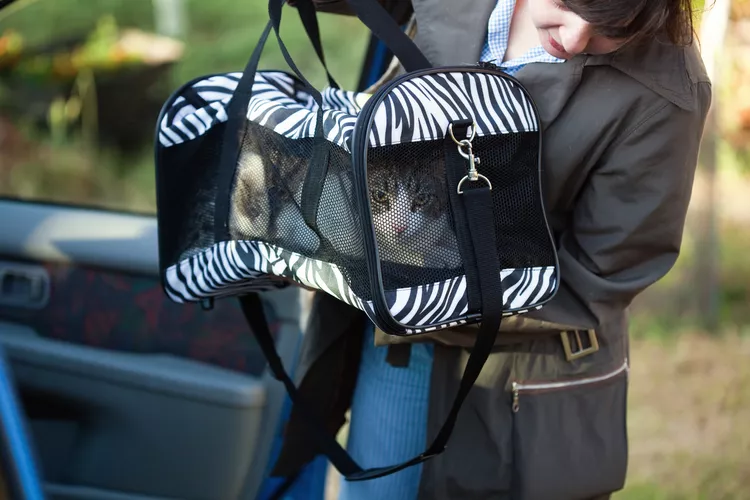
How to Take a Car Trip With Your Cat
Think you can't travel with your cat? Think again! Traveling with your cat just takes a little preparation and planning. Here's how.
How to Determine Your Cat's Age
Determining the age of an adopted cat is just guesswork, but a vet can look at teeth, sexual maturity, fur coat, and eyes to estimate.
Cat Food Ingredients to Avoid
When checking the nutrition content of cat food, look for ingredients that are not healthy or show it is of poor quality. Avoid these 3 ingredients.
What You Need to Know About Homemade Cat Food
If you want to cook for your cat, make sure to read about the risks associated with homemade diets for cats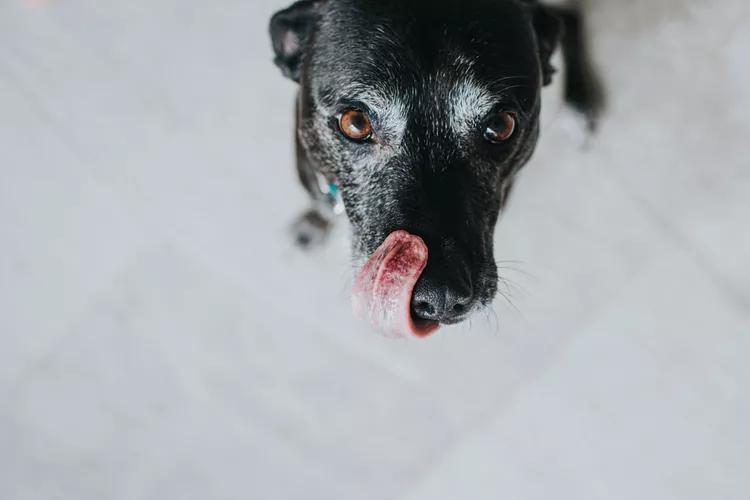
Can Dogs Eat Raw Chicken Feet?
What are the potential health benefits of chicken feet for dogs? What are the risks?
Macadamia Nuts and other Nuts That Are Toxic to Dogs
Find out why macadamia and other nuts are poisonous to dogs, what signs to look for, and what is needed to treat the toxicity.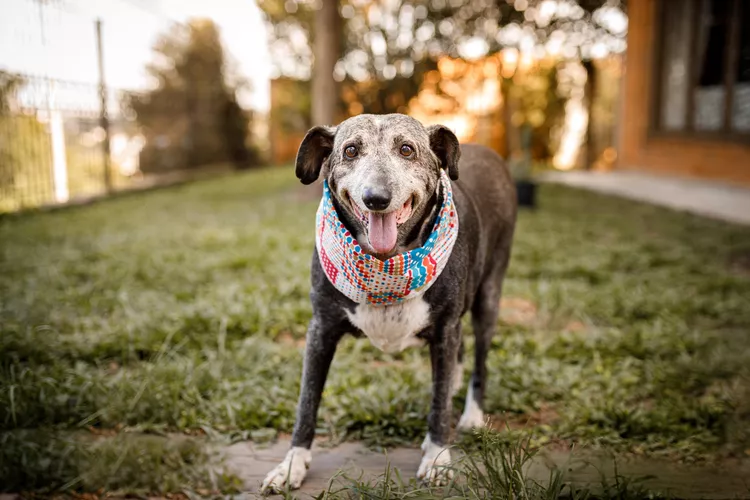
10 Tips for Taking Care of a Senior Dog
Is your dog a senior? Changes to their diet, exercise, and care are required. Here's how to make sure they're living their best and healthiest life.
Hookworms in Dogs
Hookworms can make a dog uncomfortable but may also lead to serious blood loss and anemia. Learn the causes, treatment, and prevention.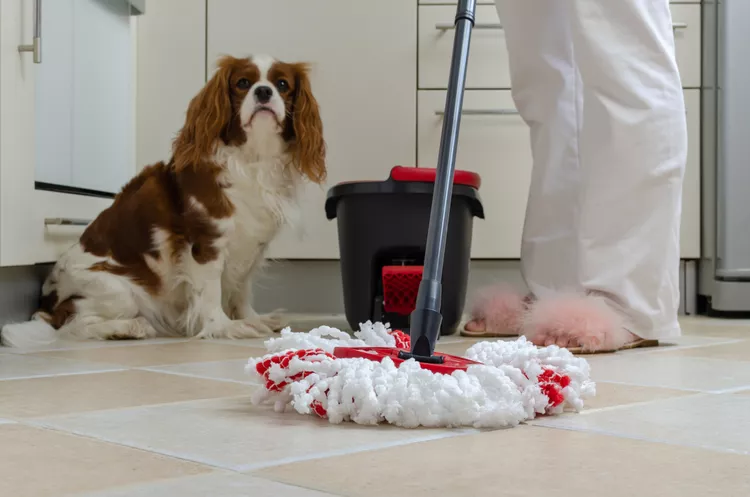
Is Swiffer WetJet Safe to Use Around My Pet?
ASPCA toxicologists deemed Swiffer WetJet to be safe for use around pets, but there are other all-natural floor cleaning options available.
Can Dogs Eat Bread?
Is bread a safe snack for you dog? Are there kinds of bread you should avoid? Learn more about whether it's okay to feed your dog bread.
14 Hypoallergenic Cat Breeds for People With Allergies
There are no true hypoallergenic cat breeds. But some, such as the Siamese and Siberian, might be less likely to cause allergies than others.
Burmilla: Cat Breed Profile, Characteristics & Care
The playful and social burmilla is one of the newest cat breeds to be officially recognized by the CFA. Learn about burmilla breed.
Nebelung: Cat Breed Profile, Characteristics & Care
The Nebelung is a rare breed of domestic cat that’s known for their long gray-blue fur and gorgeous green eyes. Learn about the Nebelung cat breed.
Cymric: Cat Breed Profile, Characteristics & Care
The Cymric, a long-haired Manx, is one of the world's oldest cat breeds. This tailless cat is friendly and playful. Learn about the Cymric breed.
Here's Why Cats Groom Themselves
Learn all about cats' grooming habits: how and why cats groom, including mutual grooming, over-grooming, and displacement grooming!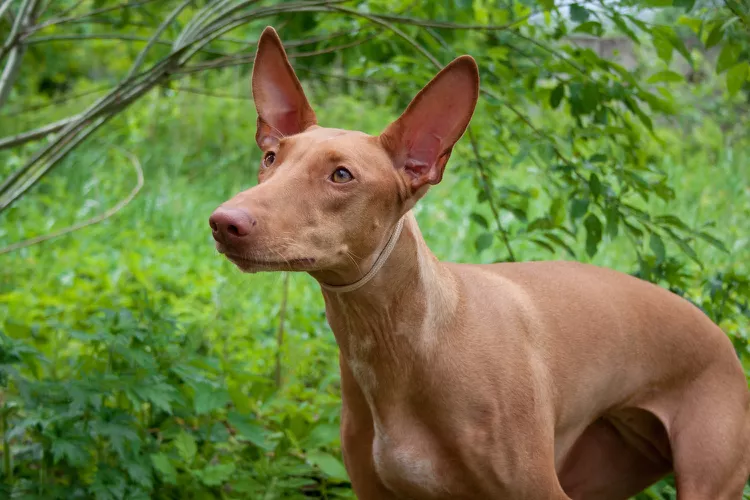
Pharaoh Hound: Dog Breed Characteristics & Care
Learn all about the Pharaoh hound, a sight hound dog breed known for their slim appearance and the ability to blush when excited.
How to Walk Your Dog
Dog walks should be fun for your dog while respecting your community. Learn why walking your dog is important and get essential safety and training tips.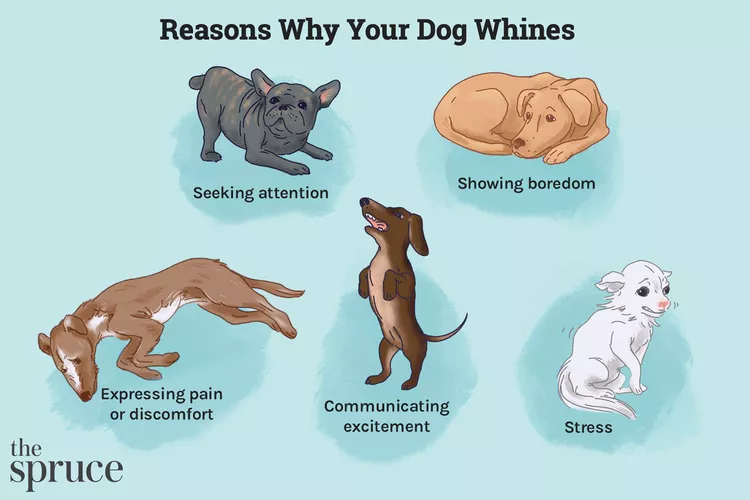
How to Stop Your Dog From Whining
Whining is a natural way for your dog to communicate with you. Explore the reasons dogs whine and how to discourage your dog from whining too much.
How to Stop Your Dog From Barking Excessively
All dogs bark, but excessive barking is a behavior problem. Learn how to help stop excessive barking and prevent it from happening all the time.
How to Train Your Dog to Live With Another Dog
When you add a second dog to your household, it's natural that there will be an adjustment period. Learn how to get two dogs to become acquainted.